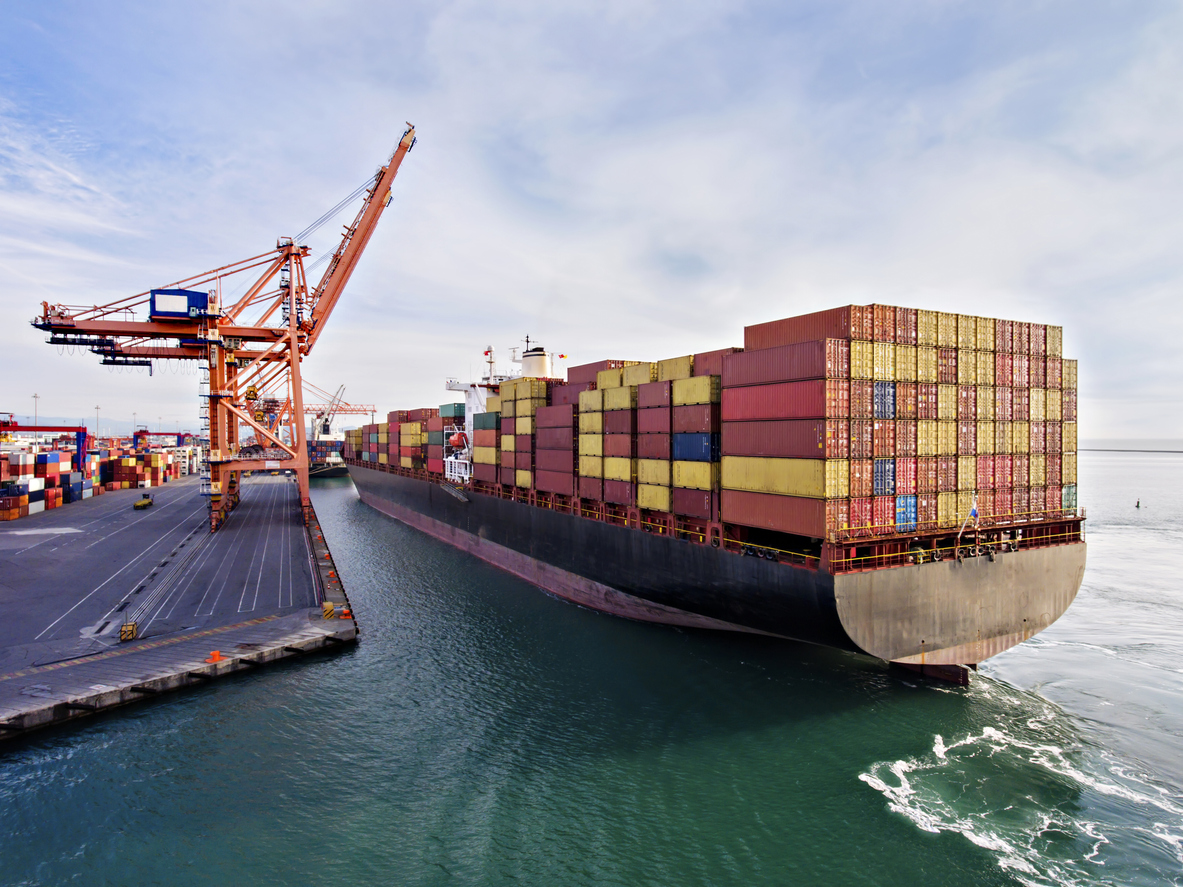The Rise of Decarbonization in Commercial Shipping

Since January 1, shipping companies have been held to a higher standard when it comes to their pollution output and use of sulfur in fuels. Known as IMO 2020, the new regulations are holding shipping companies more accountable and slapping them with fines if they go past a certain sulfur rate threshold. Now, these companies, and the industry as a whole, are going a step further with decarbonization.
Decarbonization would reduce the number of ships in operation and change the way ships are designed. Ship owners and companies would need to be denied the money it would take to finance new carbon-emitting ships.
The shipping industry altogether makes up for three percent of the world’s carbon emissions and with the goal of IMO 2020 to limit those greenhouse gases, shipping companies would be knowingly contributing to that if they made new vessels without a focus on decarbonization.
Cutting Down on Carbon
By 2050, the industry is looking to reduce its impact on greenhouse emissions immensely. This plan was put into motion back in mid-2018 when the International Maritime Organization (IMO) outlined its strategy for decarbonization. It has since been brought to full steam through the IMO 2020 emissions standards that began this January, as shipping companies are having to dip into their vessel pollution insurance to cover the costs related to not phasing out low-bunker fuels.
With more than 90 percent of the global trade tied to international shipping, the goal is a daunting task to say the least. This is because of the major technical and financial challenges that lay ahead. According to the IMO, achieving a 50 percent reduction by 2050 would require every existing ship to reduce its individual emissions by nearly 85 percent.
What’s more, zero-emission ships will need to set sail starting in 2030 in order to contribute to the cutting of carbon emissions. This means there are only 10 years to not only develop new marine fuels but the infrastructure required to support a new fleet.
Already Shipping
Companies like Maersk are hoping to cut emissions by 60 percent before 2030 before going completely carbon-free by 2050. But this will take billions of dollars of investment to achieve. However, this short-term approach is being accepted by carriers and ship owners. From applying better paints to vessels so they can sail more smoothly to using digital services to streamline logistics in order to optimize loads, there are many different ways to cut down on emissions and output, and increase efficiency.
Regardless of how these ships will achieve this status or how the industry is taking steps right now to start cutting down on emissions, action is already being taken legally against companies. It’s important that shipping companies will need to be sure to protect their operations and future plans through vessel pollution insurance while also looking for ways to invest in new technologies and innovations to prepare for a carbon-friendly future on the seas.
